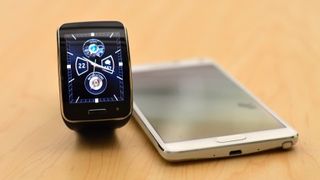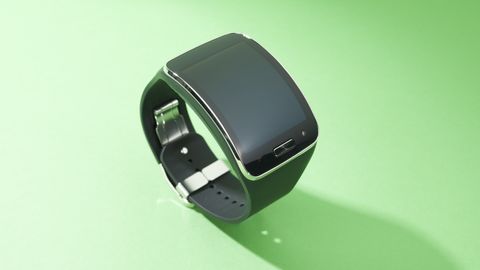Why you can trust TechRadar
As I mentioned before, the Gear S won't work without a Samsung Galaxy running Android 4.3 or higher. This also means the watch is a picky beast and will only pair up with Samsung phones. It's a strange move for the company to lock in the Gear S.
On top of sneakily tethering the watch's calling and texting abilities, you'll need a data plan to even use the SIM card - which is another chunk of change you're giving up. In the US, Verizon and T-Mobile both charge an additional $5 per month while AT&T and Sprint want $10 a month. Though Sprint will waive the fee through December 2015 if your plan has 20GB of data or more.

The Gear S can remotely connect via Wi-Fi as well but only for certain notifications. If it's not set up with a SIM card, you won't get call and text forwarding if you've left your phone at home.
Battery life
At 300mAh, the Gear S has a significantly lower battery capacity than the 360's 320mAh and the G Watch R's 410mAh but I was able to get almost two days of usage before needing to charge up again. Usage here means having the pedometer on, getting notifications, messing around with apps, texting, checking emails and of course, using the phone. The main battery suck is using the Gear S over Wi-Fi or 3G. It lasted slightly longer over Bluetooth - by a couple of hours, specifically.

The charging cradle is similar to that of other smartwatches. The cradle itself can be charged then unplugged to clip on and juice up the Gear S without being tethered. Essentially, you can take the cradle with you, pop it on on the back of the smartwatch and charge on the go. Then when both run out of battery life, you can plug the cradle in with a micro-USB cord and charge both simultaneously. The length of time to charge up to 100% isn't terrible - about two hours if completely dead and much less if the battery is at half. The cradle can also hold a charge for several days before needing to be plugged in.
Current page: Compatibility and battery life
Prev Page Interface, apps and fitness Next Page Verdict
